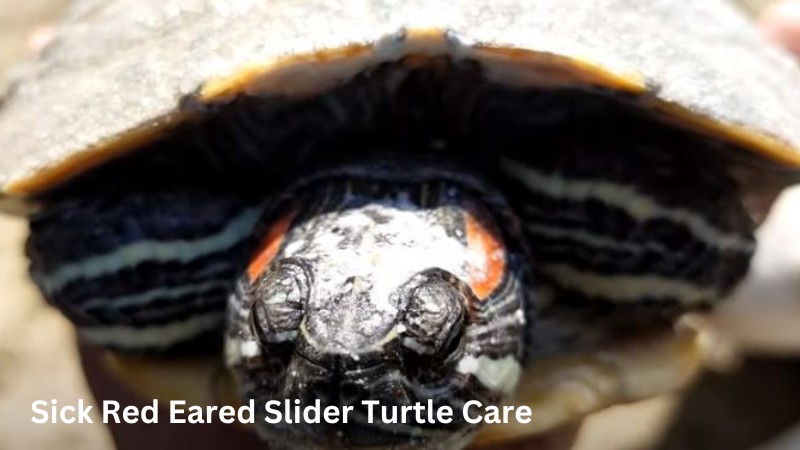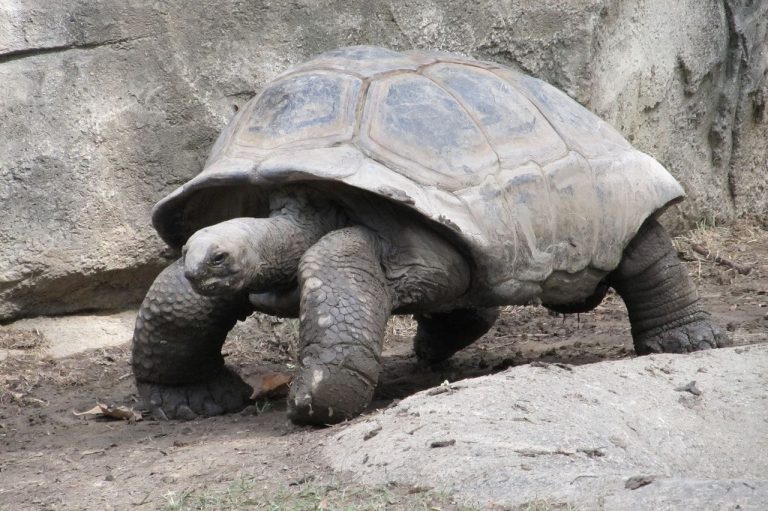10 sick red eared slider turtle care Tips
Red-eared slider turtles are popular pets known for their vibrant appearance and endearing personalities. However, like any living creature, they may sometimes fall ill and require special care and attention. Today, we will explore the essential steps to provide effective care for a sick red-eared slider turtle, helping you understand common health issues and offering practical tips for nursing your beloved pet back to health.
Identify the Health Issues:
Red-eared slider turtles can face various health problems. By recognizing the signs, you can address them promptly and provide suitable care for your sick pet.
Respiratory Infections:
Symptoms: Wheezing, labored breathing, bubbly nasal discharge.
Causes: Poor water quality, inadequate basking area, cold temperatures.
Care Tips: Adjust habitat conditions, provide clean water, and maintain appropriate temperatures.
Shell Infections:
Symptoms: Soft spots, discoloration, foul odor.
Causes: Poor water quality, rough substrate, inadequate basking area.
Care Tips: Keep the tank clean, improve water filtration, provide proper UVB lighting, and consult a veterinarian for treatment options.
Nutritional Deficiencies:
Symptoms: Soft or deformed shell, lethargy, lack of appetite.
Causes: Imbalanced diet, insufficient calcium, inadequate UVB exposure.
Care Tips: Offer a varied and balanced diet, include calcium and vitamin supplements, ensure proper lighting, and consult a reptile veterinarian for dietary recommendations.
Care for a Sick Red-Eared Slider Turtle
When your red-eared slider turtle falls ill, taking immediate action is crucial. Follow these steps to provide essential care until you can seek professional veterinary help:
Isolate the Turtle:
Separate the sick turtle from other tank mates to prevent the spread of potential infections and ensure a stress-free environment.
Optimize Water Conditions:
Maintain clean water with proper filtration and appropriate temperature. Use dechlorinated water and perform regular water changes to reduce stress and prevent further complications.
Create a Suitable Habitat:
Offer a basking area with a heat lamp or UVB light to provide warmth and the necessary ultraviolet light for your turtle’s well-being. Ensure a safe and comfortable environment, promoting healing and recovery.
Adjust Diet and Nutrition:
Provide a balanced diet consisting of commercial turtle pellets, leafy greens, vegetables, and occasional protein sources such as insects or fish. Consult a reptile veterinarian to address any specific nutritional deficiencies your turtle may have.
Monitor and Document Symptoms:
Observe your turtle closely and keep a record of any changes in behavior, appetite, or physical appearance. This information will be valuable when consulting a veterinarian.
immediate care:
While providing immediate care is essential, it is crucial to consult a qualified reptile veterinarian for a thorough examination and accurate diagnosis. Professional guidance ensures the best treatment plan for your sick red-eared slider turtle.
Find a Reptile Veterinarian:
Locate a veterinarian experienced in treating reptiles, preferably one specializing in turtles. Seek recommendations from fellow turtle owners or reptile forums, or consult your local veterinary association for referrals.
Share Relevant Information:
Provide your veterinarian with detailed information about your turtle’s symptoms, habitat conditions, diet, and any recent changes in its environment. This data will aid in accurate diagnosis and effective treatment.
Follow Veterinary Recommendations:
Comply with the treatment plan provided by the veterinarian. Administer any prescribed medications, make necessary adjustments to the turtle’s environment, and follow up regularly to monitor progress.
10 sick red eared slider turtle care:
Here are the 7 basics of caring for a red-eared slider turtle:
- Provide Proper Housing: The red-eared slider need both land and water to thrive. A large tank with both a water area and a land area is ideal. The water area should be at least twice as big as the land area and should be kept between 75-85°F. The land area should provide a basking spot and should be kept at around 30-32°C.
- Feed Properly: Red-eared slider turtles eat both plants and animals. A variety of foods should be offered to ensure a balanced diet and optimal health for your pet.
- Live insects: Red-eared sliders enjoy chasing and consuming live insects as part of their natural behavior. Offer them small live insects like crickets or mealworms. Ensure that the insects are gut-loaded with nutritious food before feeding them to your turtle.
- Frozen foods: Frozen bloodworms are an excellent source of protein for red-eared sliders. Thaw the bloodworms before feeding them to your turtle, as they can be more easily consumed and digested.
- Pellets: feed your turtle an amount that they can consume within five minutes, removing any uneaten food to maintain water cleanliness.
- Fresh vegetables: Red-eared sliders should be offered a variety of fresh vegetables. Leafy greens such as romaine lettuce, kale, and collard greens are excellent choices.
- Provide UVB Lighting: Red-eared slider turtles require access to ultraviolet B (UVB) light for the synthesis of vitamin D3, which is crucial for their calcium metabolism. UVB light helps prevent metabolic bone disease and ensures the healthy growth of their shells.
- Offer Adequate Basking Area: Red-eared sliders need a dry and warm basking area to regulate their body temperature and aid in digestion. Provide a sturdy platform or rock that allows your turtle to fully emerge from the water.
- Maintain Hygiene: Keep the turtle’s tank clean by regularly removing any uneaten food, feces, and debris. Perform partial water changes regularly to maintain water quality.
- Monitor Health and Behavior: Regularly observe your red-eared slider turtle for any signs of illness or distress. Look out for changes in appetite, activity levels, shell condition, and overall behavior.
final words:
Caring for a sick red-eared slider turtle requires dedication, knowledge, and prompt action. By identifying common health issues, providing immediate care, and seeking professional help, you can increase the chances of nursing your ailing pet back to health. Remember, each turtle is unique, and professional veterinary advice is crucial for accurate diagnosis and tailored treatment. With your love and attention, your sick red-eared slider turtle can have the best chance of recovering and enjoying a healthy and happy life once again.


